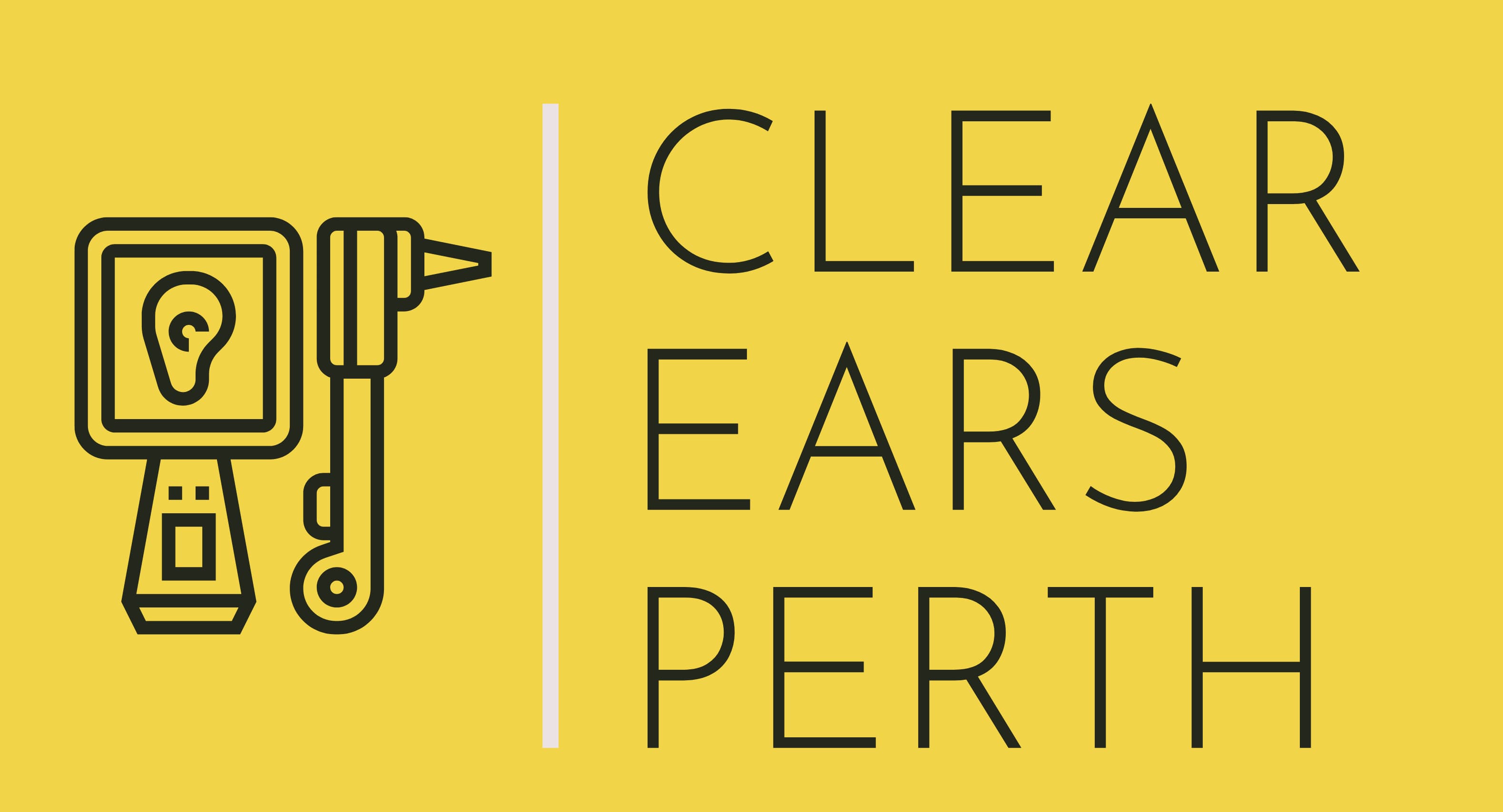Ear wax removal is a common issue that many people have to deal with at some point in their lives. While ear wax serves a protective function in the ear canal, excessive build-up can lead to discomfort, hearing loss, and even ear infections. There are several methods of ear wax removal that can be used to effectively clear the ear canal of excess wax. In this article, we will explore the different methods of ear wax removal and discuss the benefits and drawbacks of each.
One of the most common methods of ear wax removal is the use of ear drops. Over-the-counter ear drops are available at most drugstores and are usually made with a combination of oil and hydrogen peroxide. These drops work by softening the wax, making it easier to remove. To use ear drops, simply tilt your head to the side and instill a few drops into the affected ear. You can then gently massage the ear to help the drops work their way into the ear canal. After a few minutes, you can tilt your head in the opposite direction to allow the excess wax to drain out.
Ear drops are generally safe and effective for mild cases of ear wax build-up. However, they may not be suitable for everyone. People with sensitive ears or a history of ear infections should consult a doctor before using ear drops. In addition, ear drops may not be effective for severe cases of ear wax blockage, as the wax may be too impacted to be softened by the drops.
Another common method of ear wax removal is ear syringing. This procedure, also known as ear irrigation, involves using a syringe to flush the ear canal with warm water. Ear syringing is typically performed by a healthcare professional, such as a doctor or nurse. During the procedure, the healthcare provider will use a syringe to flush warm water into the ear canal, dislodging the wax and allowing it to drain out. Ear syringing is generally safe and effective for most people, but it may not be suitable for those with certain ear conditions, such as a perforated eardrum.
A more specialized method of ear wax removal is ear candling. This alternative therapy involves placing a hollow candle in the ear canal and lighting it on the other end. As the candle burns, it creates a vacuum effect that is believed to draw out the ear wax. While ear candling has been used for centuries as a natural remedy for ear wax removal, there is little scientific evidence to support its effectiveness. In fact, the Food and Drug Administration (FDA) has issued warnings against the use of ear candles, citing the risk of burns, punctured eardrums, and other injuries.
For those who prefer a more hands-on approach to ear wax removal, ear picks or ear curettes may be used. These small tools are designed to gently scoop out excess ear wax from the ear canal. Ear picks and curettes should be used with caution, as they can cause injury if inserted too deeply or forcefully. It is important to consult a healthcare provider before attempting to remove ear wax with these tools, as they may not be suitable for everyone.
In some cases, a healthcare provider may recommend ear wax removal using a suction device. This method involves using a specialized tool to suction out the excess wax from the ear canal. Suction devices are typically used in cases of severe ear wax blockage or when other methods of removal have been unsuccessful. While ear suction is generally safe and effective when performed by a trained professional, it may not be suitable for everyone.
In rare cases, surgical ear wax removal may be necessary. This procedure, known as myringotomy, involves making a small incision in the eardrum to drain out the excess wax. Myringotomy is typically reserved for severe cases of ear wax blockage that have not responded to other methods of removal. While surgical ear wax removal is generally safe, it carries a risk of complications, such as infection and hearing loss.
In conclusion, ear wax removal is a common issue that can be managed with a variety of methods. From ear drops and ear syringing to ear picks and surgical procedures, there are several options available for those dealing with excess wax in the ear canal. It is important to consult a healthcare provider before attempting to remove ear wax at home, as some methods may not be suitable for everyone. By understanding the different methods of ear wax removal and their benefits and drawbacks, you can choose the most appropriate option for your individual needs.
——————-
Article posted by:
Clear Ears Perth
https://www.clearearsperth.com.au/
08 6509 3355
Suite 5, 204 Balcatta Road, Perth
Clear Ears Perth – Ear Wax Removal Audiology Clinic that is open 7 Days and the sole Audiology clinic in Perth exclusively dedicated to the manual removal of cerumen using micro-suction. The $90 comprehensive ear health assessment includes ear wax removal from both ears using micro-suction and ear health advice from a highly skilled Audiologist.
After-Hours, Saturday and Sunday appointments are available, which makes it possible to secure a same day appointment as there is no need for any wax softeners to be used as preparation. Don’t wait, get relief from the sensation of blocked ears caused by ear wax today!
All the clinicians are experienced, university-trained Clinical Audiologists, making sure you will receive the highest quality of care and expertise that is unparalleled in Perth.

